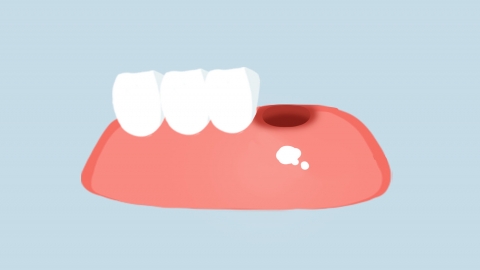Can excessive internal heat (shang huo) cause gum recession?
Simple "heatiness" does not directly cause gum recession, but if periodontal inflammation is present during episodes of heatiness, it may worsen existing recession or accelerate its progression. The condition should be assessed in conjunction with overall oral health. If persistent gum redness, swelling, or bleeding occurs during heatiness, prompt medical attention is necessary to prevent worsening inflammation that could trigger or accelerate gum recession.

Heatiness typically manifests as redness, pain, and ulcers in the oral mucosa. It does not directly damage gum tissue or alveolar bone, and therefore does not directly lead to gum recession. The primary cause of gum recession is long-term bacterial attack on periodontal tissues. Even when experiencing symptoms of heatiness, individuals with good oral hygiene and no underlying periodontal inflammation usually do not develop gum recession.
However, heatiness can temporarily reduce the body's resistance. If uncontrolled periodontal inflammation already exists in the mouth, bacteria may multiply more easily, exacerbating symptoms such as gum redness, swelling, and bleeding. This in turn accelerates the destruction of gum tissue and alveolar bone, making mild recession more apparent or causing existing recession to progress further.
In daily care, maintain regular作息 (sleep patterns), eat a light diet, and minimize occurrences of heatiness. Consistently brush teeth twice daily with a soft-bristled toothbrush, clean between teeth with dental floss after meals, and have a professional periodontal examination and cleaning every six months to one year.




